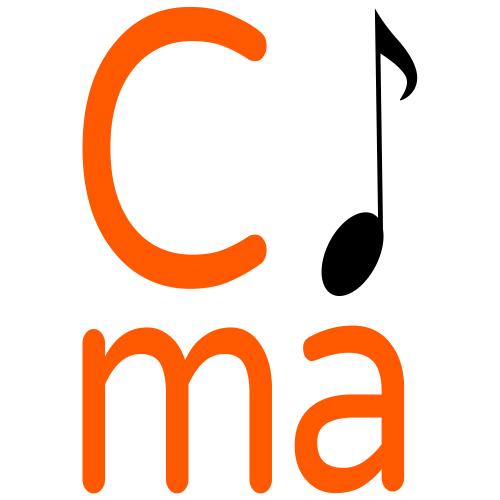Classical guitar recording like a pro
To learn something it's always very useful to see professionals at work.
We normally write about how to record your own music at home but consider that the most efficient methods are often brought from professional experience, and this is one of the cases.
Before going to the video, we want to mention some precious indications that come from
a research from Recording Mag, and it's very interesting article about classical guitar recording:
To get a handle on how best to record classical guitar, let’s start with some acoustical analysis. Here is how Harry F. Olson describes the instrument in Music, Physics and Engineering:
“The acoustic guitar consists of six strings stretched between a combination bridge and tailpiece fastened on the flat top of the body and the end of a fretted fingerboard. The body is made of two flat parallel boards, fastened together along the outer edges. Vibrations of the strings are transmitted from the tailpiece to the top of the body. The bottom of the body is mechanically coupled to the top by means of a post. The cavity of the body, coupled to the outside air by means of a hole, constitutes a resonator. The top and bottom of the body and the cavity and port combination from a multi resonant system for coupling the vibrating strings to the air.”
One consequence of this “multi resonant system” is a directional sound pattern that varies with frequency, sometimes almost from note to note. At low frequencies, the directional pattern of the guitar is a figure of eight, which is characteristic of an acoustical doublet. That is, the top and bottom of the body vibrate approximately in phase, connected as they are by the sound post. In the mid-frequency range, the directional pattern starts to show lobes, as the top and bottom are no longer in phase, so we get cancellation effects. In the high-frequency region, most of the radiation comes from the top of the body. There is very little coupling between top and bottom in this range because of the large mass of the post and bottom so that the amount of high-frequency vibration transmitted to the bottom is very small.
Clearly, if we try to close-mike the acoustic guitar, the results will vary greatly depending on the exact position of the microphone relative to the body, the register in which the instrument is played, and the amount of proximity effect inherent in the particular microphone we have chosen.
When we add in differences between instruments and variations in playing styles, it is no wonder that there seem to be as many different acoustic guitar recording techniques as there are engineers.
Give me some space
When recording solo classical guitar, we do have a way out of this mess: we can move our microphones back, and so pick up the whole instrument in the perspective of the room. This method implies several things:
1. We need microphones with low off-axis coloration, as they will be hearing at least some of the room acoustics, which approaches from all angles. In many cases, this means small-diaphragm condenser mics.
2. The instrument is not very loud and is often played with great subtlety. The sound pickup is not very close. Microphones with low self-noise and mic preamps that can add a lot of gain without adding a lot of noise are an advantage.
3. The recording room needs to be fairly quiet, should have decent acoustics, and should not be too small. A medium-sized domestic living room is probably the lower limit, and in that case, you might want to add some reverb to create the impression of a larger room.
In this video, it's shown from SoundPure how technicians in studio place and adjust microphones for classical guitar recording. The brands and type of equipment are not so important, what is important is how different microphones behave, and above all how different positions of the microphones can sensibly affect the sound. It's something that every modern guitarist should know, cause it's important to enrich your knowledge and improve your confidence with the use of technology, which you will see is at the service of music rather than the opposite. Don't miss it!
